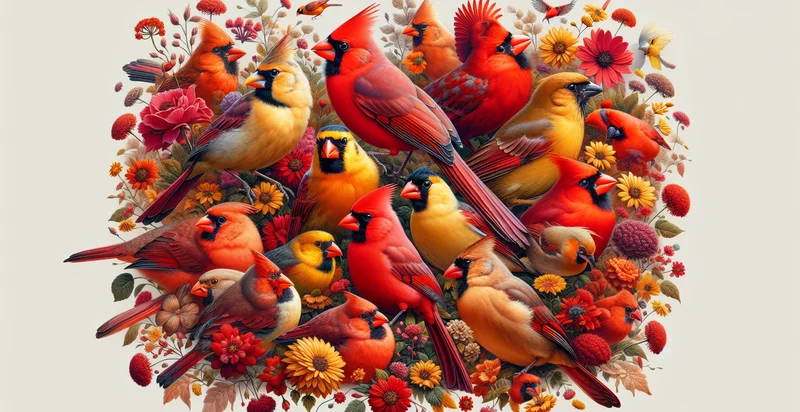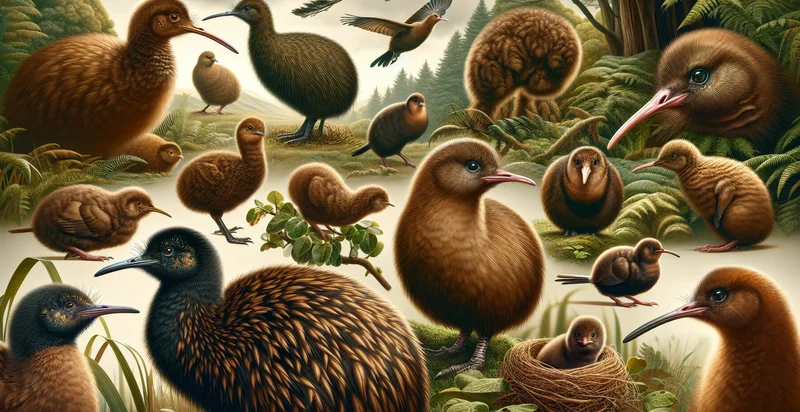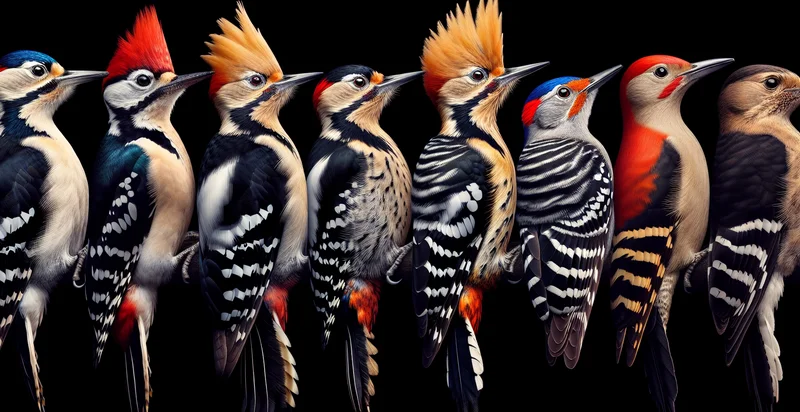Identify cardinal species
using AI
Below is a free classifier to identify cardinal species. Just upload your image, and our AI will predict which species of cardinal it is - in just seconds.

Contact us for API access
Or, use Nyckel to build highly-accurate custom classifiers in just minutes. No PhD required.
Get started
import nyckel
credentials = nyckel.Credentials("YOUR_CLIENT_ID", "YOUR_CLIENT_SECRET")
nyckel.invoke("cardinal-species-identifier", "your_image_url", credentials)
fetch('https://www.nyckel.com/v1/functions/cardinal-species-identifier/invoke', {
method: 'POST',
headers: {
'Authorization': 'Bearer ' + 'YOUR_BEARER_TOKEN',
'Content-Type': 'application/json',
},
body: JSON.stringify(
{"data": "your_image_url"}
)
})
.then(response => response.json())
.then(data => console.log(data));
curl -X POST \
-H "Content-Type: application/json" \
-H "Authorization: Bearer YOUR_BEARER_TOKEN" \
-d '{"data": "your_image_url"}' \
https://www.nyckel.com/v1/functions/cardinal-species-identifier/invoke
How this classifier works
To start, upload your image. Our AI tool will then predict which species of cardinal it is.
This pretrained image model uses a Nyckel-created dataset and has 6 labels, including Northern Cardinal and Vermilion Cardinal.
We'll also show a confidence score (the higher the number, the more confident the AI model is around which species of cardinal it is).
Whether you're just curious or building cardinal species detection into your application, we hope our classifier proves helpful.
Related Classifiers
Need to identify cardinal species at scale?
Get API or Zapier access to this classifier for free. It's perfect for:
- Wildlife Conservation: Conservation organizations can use a 'cardinal species' identifier to monitor the population of different species, aiding in protecting biodiversity. This can also help in early detection of any sudden decline in species count.
- Educational Tool: Educational institutions like schools and universities can use this to aid in their zoology/biology studies and researches, making the learning process interactive and engaging.
- Ecotourism: Businesses in ecotourism can utilize the 'cardinal species' identifier to enhance the visitor experience. It can help guides easily identify species making tours more informative and attractive.
- Agriculture and Pest Control: Farmers and pest control companies can use this identifier to recognize and differentiate between pest species and beneficial species, allowing them to apply targeted interventions.
- Birdwatching Application: Apps that provide tools for birdwatchers can integrate this function to make it easier for enthusiasts to identify the species of birds they spot, thereby enhancing user experience.
- Content Creation and Filming: Film or documentary makers, especially those focused on wildlife and nature, can use this tool to accurately identify species, ensuring the accuracy of the information they disseminate.
- Museum Exhibits: Museums can utilize this function to provide additional information about exhibits, enhancing the educational value of visits and increasing visitor engagement. By scanning an image, visitors can learn more about various species.


